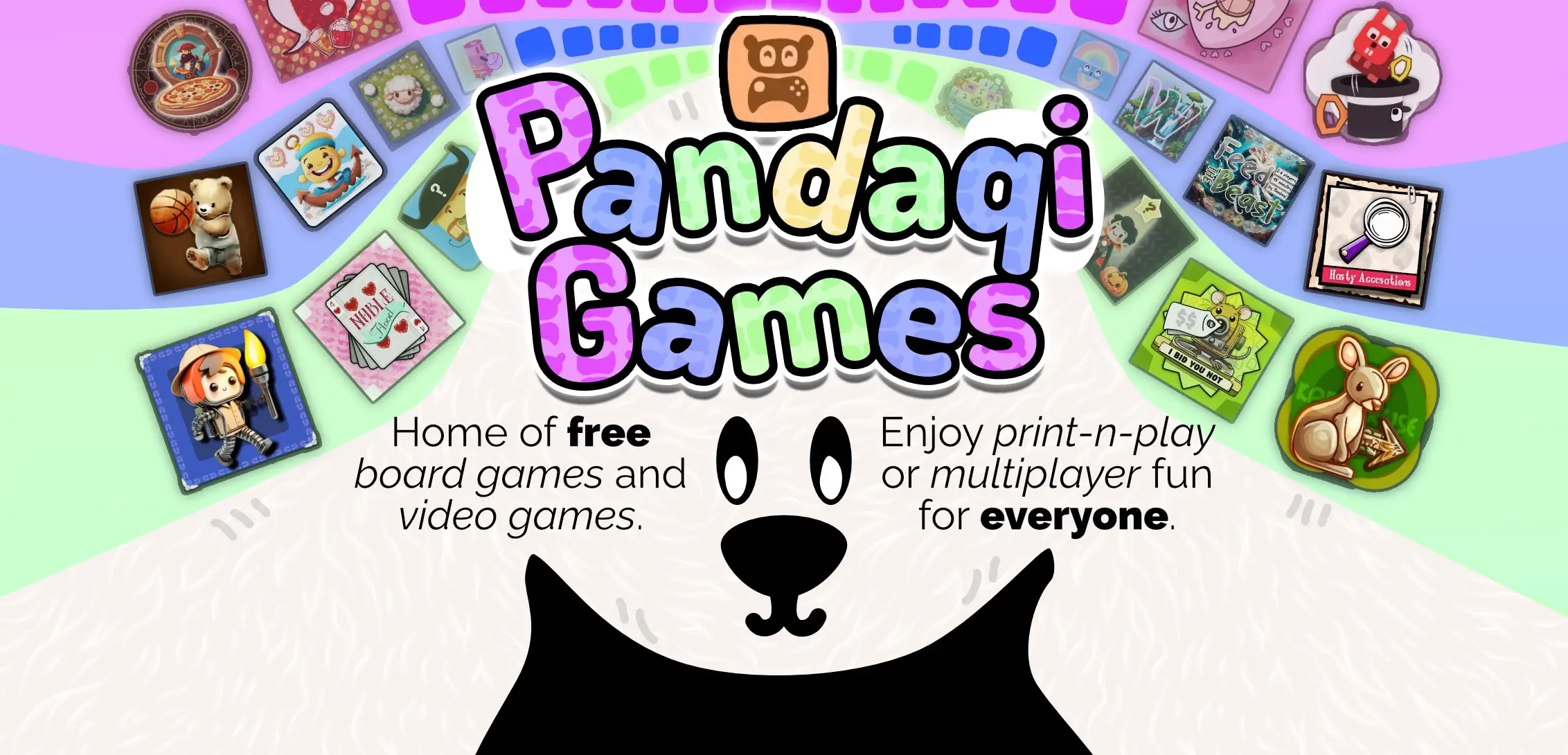Bunny Bidding
simple
30 minutes
auction
simultaneous-turns
26 Mar 2025
board game
Play rounds adding cards to the secret offer and bidding on it. But use your highest value cards wisely, because only ONE type of egg actually scores you points in the end!
Visit page!
